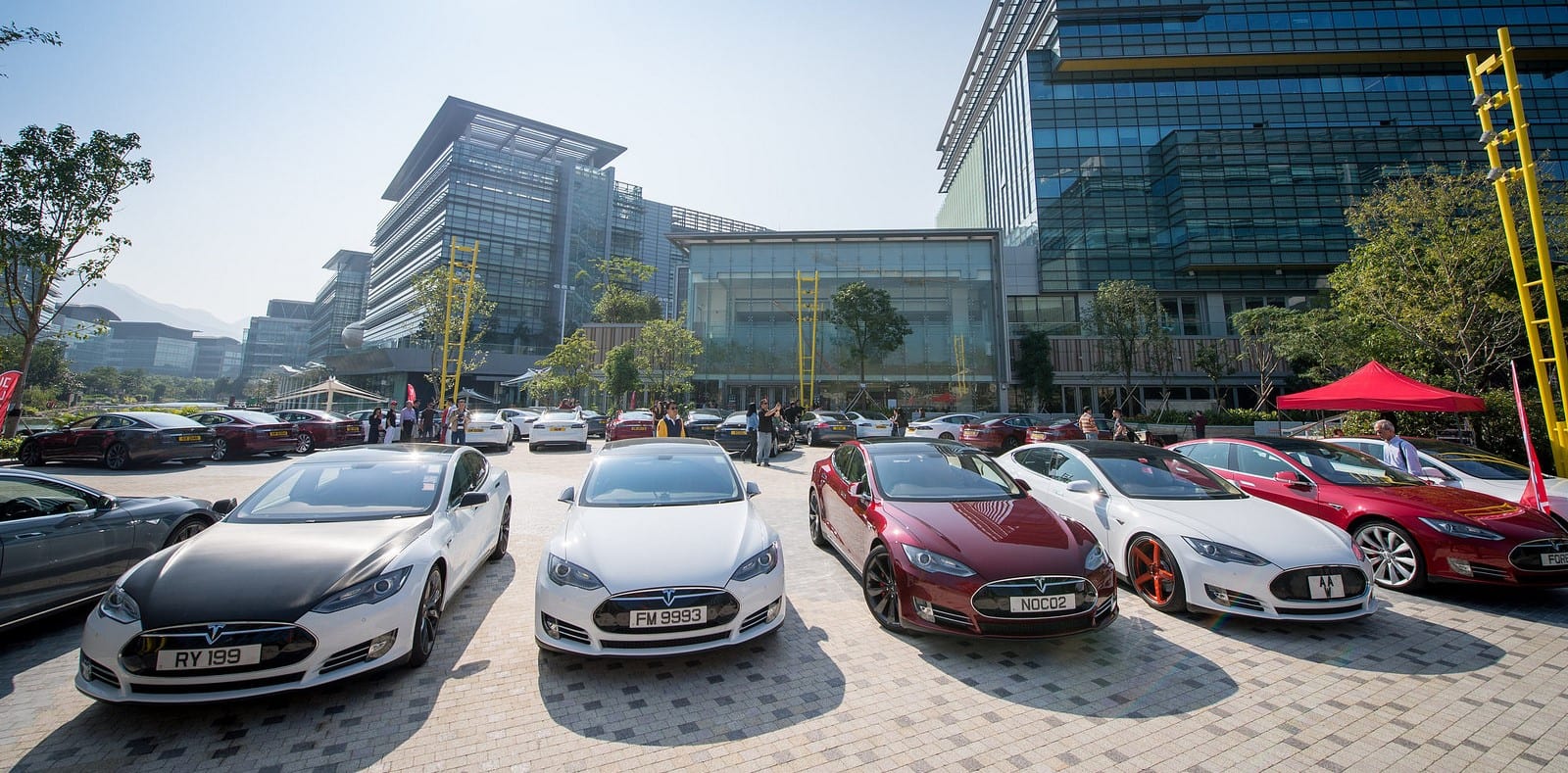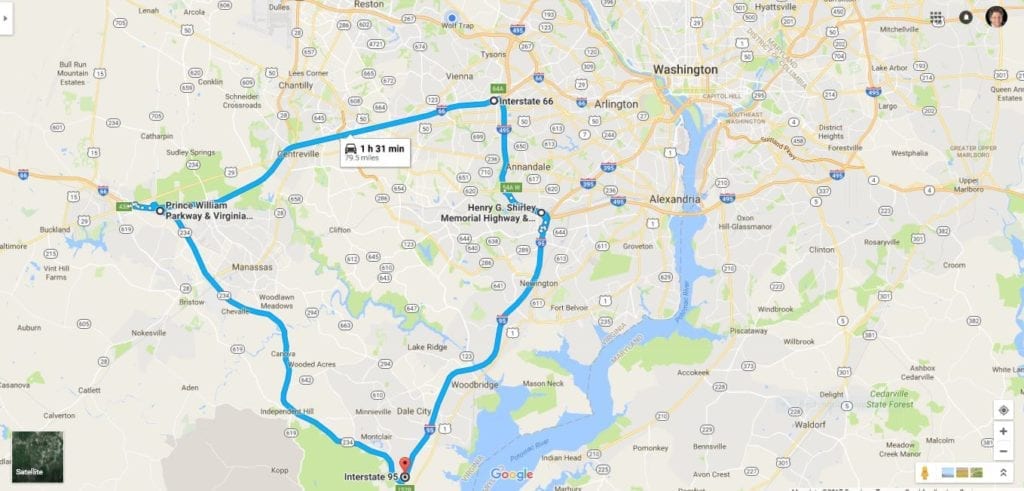It’s easy for most of us to think of the autonomous vehicle (AV) trend as something in the distant future, or as an esoteric idea in a Silicon Valley laboratory.
In reality, Northern Virginians should know that four well-known regional roads have been marked as “Virginia Automated Corridors” (VAC) – highways identified by the state as a proving ground for integrating AVs into our road system.
If that sounds surprising, then read this official statement from the Governor of Virginia in March 2015:
I declare that the Commonwealth of Virginia … is open for business for the vehicle and technology manufacturers and researchers committed to the development, testing and deployment of automated and autonomous vehicles, and I call this observance to the attention of all our citizens.
What are the key takeaways concerning AVs on Virginia highways and roads?
- AVs are coming – it’s happening!
- The development and integration of AVs into the transportation system is local in nature. It’s not merely an ivory tower venture.
- Actual roadways for testing and policy development have been identified, and we use them all the time.
Virginia Roads Slated for Autonomous Vehicle Development
The VAC corridors selected are I-95 (from Dumfries north to I-495), I-495/National Capital Beltway (from the Springfield Interchange to I-66), I-66 (west from the Beltway), and State Route 234 (from Manassas to Dumfries at I-95). This makes for a circuitous AV route system, with both urban interstates and suburban arterials included.
These VACs will “provide an automation-friendly environment which government agencies, original equipment manufacturers and suppliers can use to test and certify their systems.” A number of roadways have been identified throughout the state for AV testing and development, including the Town of Blacksburg and Virginia International Raceway. The Northern Virginia roadways are intended for freeway platooning, highway autopilot testing, and operations in urban settings.
A key reason for choosing these Northern Virginia routes is due to the HOT lanes in the area – both existing HOT lanes and those under construction. The HOT lanes already provide some control over vehicles, and would be easier to set apart for AV testing and usage. In essence, HOT lanes are the “low-hanging fruit” – they are the easiest existing transportation corridors to transform into AV lanes. Transurban manages the toll lanes in the state, so they may be involved in developing the AV operations.
Autonomous Vehicle Issues in Northern Virginia
Commuters, citizens, and developers can expect to see certain AV-related issues become more prominent in the near future:
AV Policy
Legislators, regulators, government agencies such as VDOT, and citizens will have to establish policies on how to integrate autonomous vehicles. This dialog will likely include public hearings, regulatory comment processes, and future legislation. Issues under consideration may include insurance aspects of AVs, congestion pricing, and parking and garage design issues.
Stages of AV Development
- Commuters can expect that the first autonomous vehicles to hit the road will be independent of other AVs and vehicles.
- Later-stage AVs would be able to communicate with other vehicles on the road. Vehicles would transmit data packets that include vehicle speed, acceleration, direction, and other information.
- Finally, cameras, sensors, and future traffic signals would be connected to vehicles to create a more integrated system. These systems would provide high-definition mapping, real-time traffic and incident reports, and intelligent routing capabilities.


